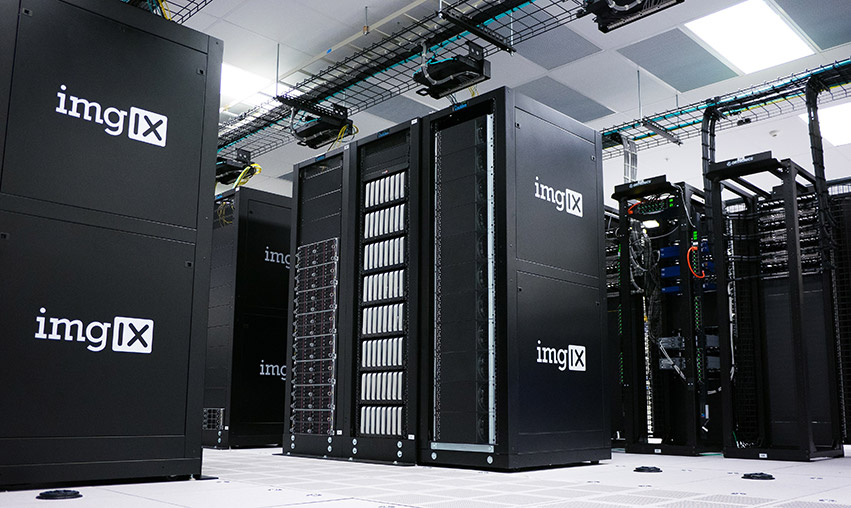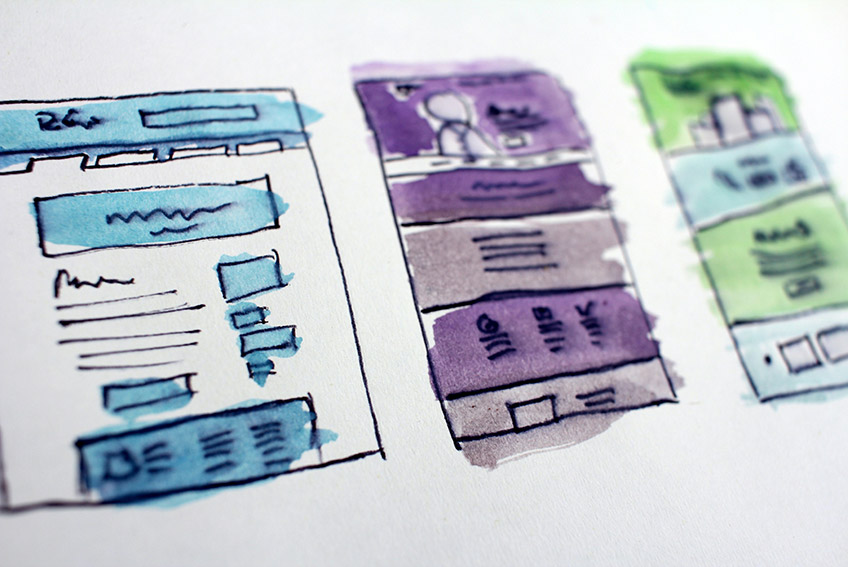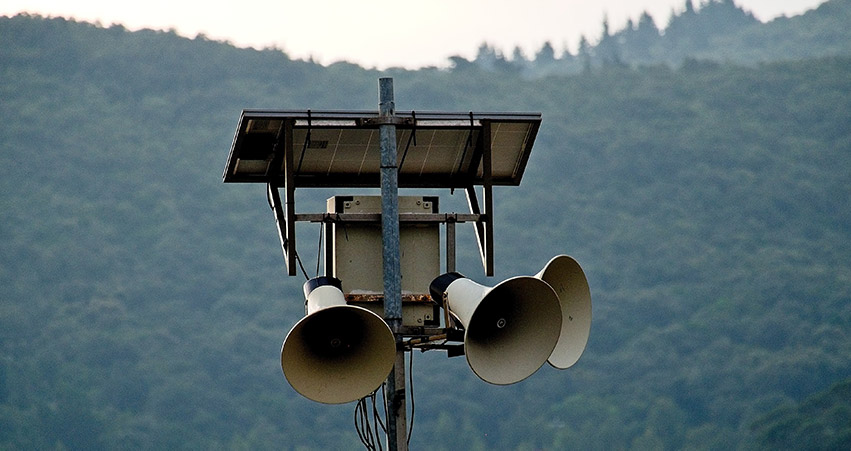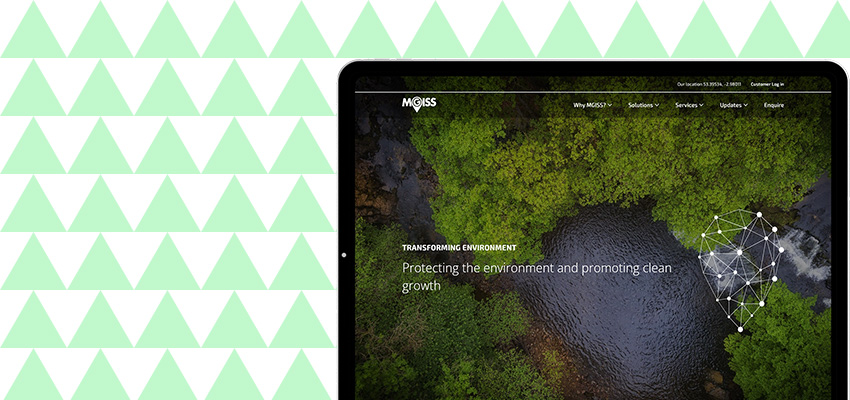When you think about a website, do you associate it with a carbon footprint?
Probably not, and that’s understandable. However, when using the internet, you are also using lots of electricity.
Websites run on web servers and databases. Web browsers are then used to view websites. All of these computers and databases use energy.
Energy Usage = Carbon

What does your website provider do to ensure your website is sustainable and is as energy-efficient as possible?
Why not ask them, and see what their response is?
There are so many different ways in which websites can be made greener, and today we are going to cover five of these, to begin with.
TL;DR (Too long; didn’t read)
- Keep your website page design and layout as simple as possible without compromising style
- Ensure your web developer utilises best coding practices and writes ‘clean code’
- Optimise the media (images & video) and fonts on your website to be as light/small as possible
- Use a hosting company that is powered by renewable energy sources
- Spread the word and educate your audience on how to operate more sustainably
Keep Website Design Simple

Don’t panic! Simple design doesn’t mean boring design.
In fact, with websites, often less is more. The smaller and faster your website is, the less energy it will use.
When thinking about the images on your website, think about whether they are necessary. Do they complement your copy, do they add value? Images add to the page weight, and there is no point using images just for the sake of it.
Did you know that even the types of fonts on your website can increase energy usage? Yep, that’s right. These too add weight to the pages.
It’s proven that people have very short attention spans when it comes to copy on websites. Keep your copy short and to the point, and at the same time, you will be keeping your page weight to a minimum too.
If you can, avoid too many font variations, and keep bold fonts to a minimum. They can double the file weight!
Cleaner Code Means Less Energy Used on Your Website
What is clean code? Fundamentally, clean code is well structured, clean-cut code that can be easily read by a machine.
Clean code = less time taken for a machine to process= less energy used= less carbon
You should aim to use as little code as possible. Try to limit the use of ‘off-the-shelf’ plugins and themes. These off-the-shelf products will have lots of features that not everyone will need or use. As a result, they can be very code-heavy!
A bespoke website is more likely to utilise clean code, as opposed to a ‘template’ website, or one built using a theme.
One final point to consider is the use of JavaScript. Another culprit of adding lots of file weight to your web pages. Not only this, but it requires much more processing by your device.
More weight, more processing, more energy, more carbon. You might be noticing an overall common theme here!

Optimising Your Website
You’ve probably heard the word optimisation thrown about in the world of web development. But what does it actually mean?
Put simply, optimisation is the process of using tools to improve the performance of your website.
What exactly gets optimised? When developing a website, it’s important to pay particular attention to images, videos, and fonts. Developers will use various tools to compress files, reducing them in size, but maintaining their quality. Sounds clever, doesn’t it?
They do this with one end goal in mind, faster page loading speeds! Page speed is a ranking factor when it comes to Google too.
So, the better optimised your website is, the faster your page loading speeds will be, which Google then likes.
No one wants a slow website. It’s a poor user experience for starters, but a slow website will use so much more energy.
Green Energy & Hosting

How is your web agency powered? Does your hosting provider operate on renewable energy, or are they still using fossil fuels?
Where possible, try and work with businesses that run using green energy. That’s one easy way to ensure your website is more sustainable. If your website is built and maintained via renewable energy, then you’re already reducing your website’s carbon footprint.
Do you know if your website hosting service is green? Web hosting is incredibly energy-intensive, with data centres having thousands, if not tens of thousands of high-powered computers.
Green web hosting companies may use renewable energy to power their data centres or choose to offset the carbon that they are creating. Given the sheer amount of energy that is used to power the data centres, you will find that green hosting options are slightly more expensive.
However, by paying that little bit more, you’re helping the planet. There are plenty of green hosting providers to choose from nowadays, so you won’t be short of options.
Educating Others About Sustainability

Do you have a sustainability policy within your business? Chances are you probably do. However, do you shout about this on your website and socials? Possibly not.
Educating others when it comes to sustainability, and making better choices for the planet is so important.
The more you talk about it, the more awareness is raised, and the more likely others are to follow in your footsteps. Think about what you do that is good for the planet and let people know about it.
What’s green about your website? Tell people on there! You could include a carbon calculator, or have a page dedicated to sustainability. Do you plant trees? Let people know how many you are aiming to plant this year. I could go on, but you probably get the point I’m trying to make here.
Greener Websites Mean Less Carbon
So, there you have it, 5 steps to a greener website. It is so important that in the web industry, we try to reduce the amount of energy we use.
If you’re interested in working with a web agency that cares about the planet, please do contact us to learn more!




